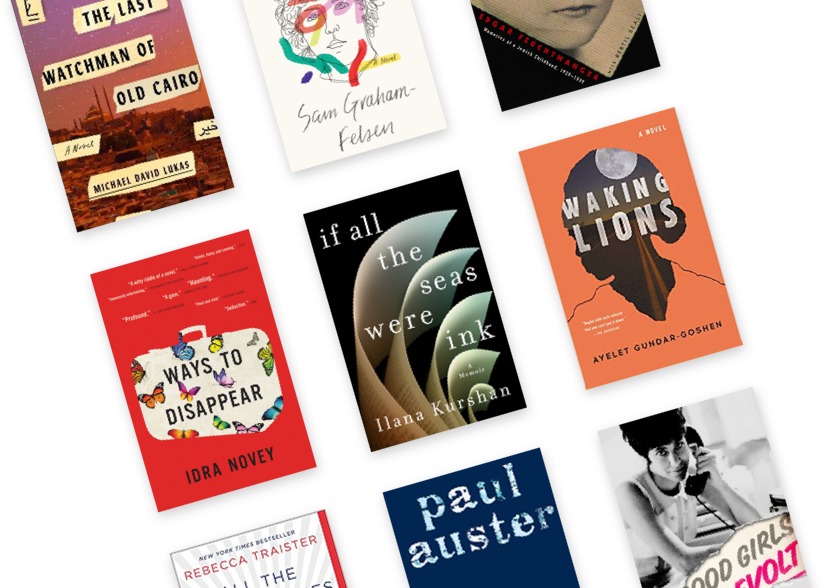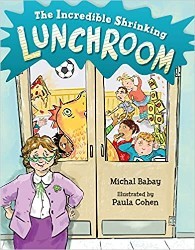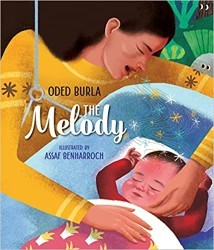Everybody wants something! There are times, though, when children are dissatisfied with everything. When his bubbe is in the hospital, Kai learns about the golem, a folkloric creature that features in European Jewish oral and written history. He wonders if he can have a golem of his own. A golem could help him express his anger when he doesn’t get what he wants; a golem could knock things down and destroy them. But the golem Kai dreams up is more like a nightmare. He isn’t comforting or helpful at all. On the contrary — he is frightening and harsh.
When Kai calls his bubbe in the hospital, she tells him he has made her feel much better, that he has done a mitzvah by trying to help her recover. His attitude changes, and he begins to look at everything from a more positive point of view. The rain, rather than ruining his day, falls in interesting patterns. The boring oatmeal his dad serves for breakfast can be redeemed by appealing additions. Instead of simply missing his bubbe, he can make her a beautiful card to delight and entertain her. And his imaginary golem doesn’t have to be scary; he can be a friend. When Kai visits his bubbe in the hospital again, he understands more about the mitzvah he’s doing.
Children will recognize themselves in Kai. Their emotions may be overwhelming, but circumstances can be improved by helping others and by looking at events in a more positive light. The sweet color illustrations, including that of the furry, orange golem, enhance the story and the characters. An appended note tells readers more about golems in Jewish historical tales.
Michal Hoschander Malen is the editor of Jewish Book Council’s young adult and children’s book reviews. A former librarian, she has lectured on topics relating to literacy, run book clubs, and loves to read aloud to her grandchildren.




